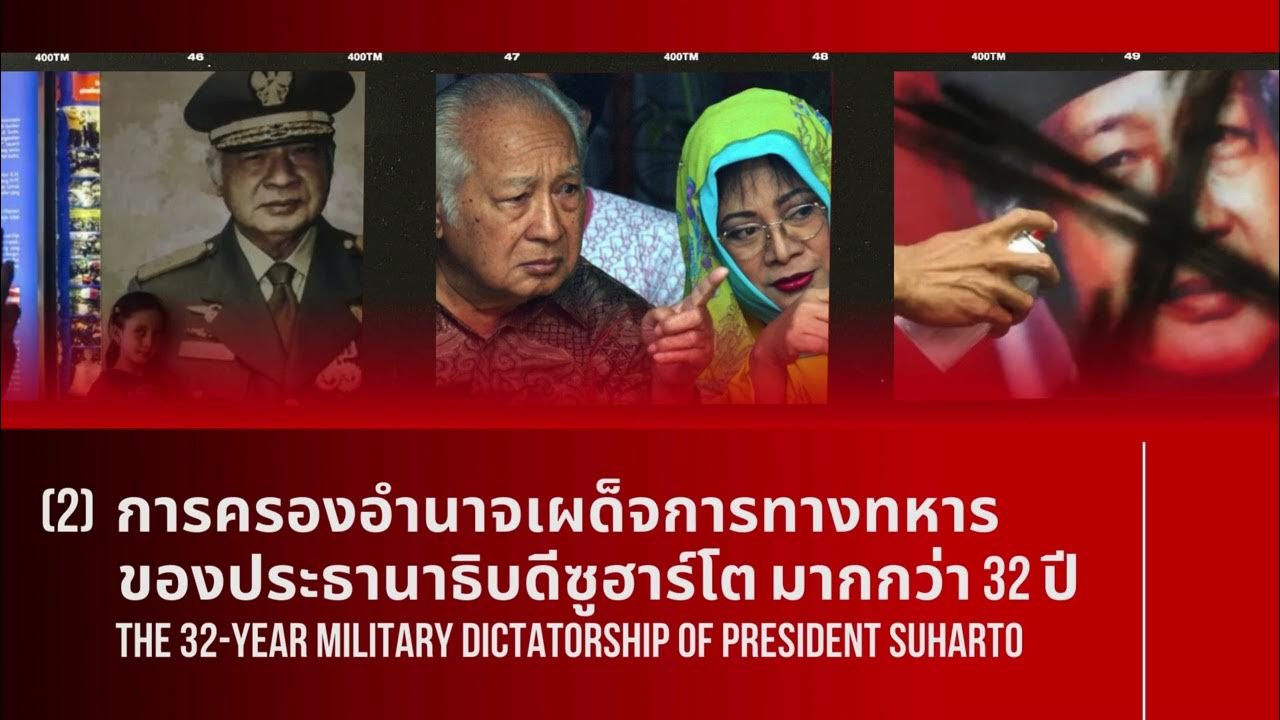KONSEP DAN IMPLEMENTASI BELA NEGARA DALAM PERSPEKTIF KEWARGANEGARAAN
Summary
TLDRThis video provides an insightful overview of Indonesia's constitutional framework, explaining the meaning of the constitution and constitutionalism. It delves into the historical evolution of Indonesia's constitution, from its foundations before independence to key amendments between 1999 and 2002. The video highlights the importance of the constitution in safeguarding citizens' rights, limiting government power, and reflecting national values. It also outlines the hierarchy of legislation in Indonesia, emphasizing the role of the 1945 Constitution, laws, government regulations, and regional regulations in ensuring a fair and harmonious legal system.
Takeaways
- 😀 The constitution is the fundamental basis for forming, maintaining, and governing a country, ensuring structured and organized governance.
- 😀 The constitution serves as the main instrument to maintain political, social, and legal stability within a nation.
- 😀 Constitutionalism is the idea that government power should be limited to prevent arbitrary or authoritarian rule, protecting citizens' rights.
- 😀 The goal of constitutionalism is to prevent the abuse of power, protect human rights, and create a responsible, transparent government.
- 😀 The history of the Indonesian constitution began with pre-independence foundations, continued through the 1945 Constitution, and underwent amendments during the Reform Era (1999-2002).
- 😀 The function of the constitution in Indonesia is to serve as the highest legal basis, protect citizens' basic rights, and limit government power to prevent arbitrariness.
- 😀 The constitution reflects national values such as democracy, social justice, belief in the Almighty God, human rights, and unity amidst diversity.
- 😀 Indonesia’s legal system follows a hierarchy of legislation, with the 1945 Constitution at the top, followed by laws, regulations, and regional policies.
- 😀 The hierarchy of legislation ensures that all laws and regulations are consistent with higher rules to avoid legal conflicts.
- 😀 The active participation of citizens is crucial for ensuring that the constitution and legal system are effective and that justice is upheld in Indonesia.
Q & A
What is the definition of a constitution?
-A constitution is defined as the fundamental legal framework that governs how a state is formed, maintained, and governed. It outlines the basic structure and the essential principles of a country's political, social, and legal systems.
What is the concept of constitutionalism?
-Constitutionalism is the idea that government power should be limited to prevent arbitrary or authoritarian rule. It advocates for a system where the constitution ensures the rights of citizens and limits the powers of the government.
How does the constitution function in Indonesia?
-In Indonesia, the constitution functions as the highest legal basis for all regulations. It ensures the protection of citizens' basic rights, limits government power, and reflects national values, maintaining justice and order in the country.
What is the historical development of Indonesia's constitution?
-The constitutional history of Indonesia began before independence, with the 1945 Constitution being ratified. It was followed by the Provisional Constitution of 1950, the 1959 Presidential Decree, and amendments during the Reform Era between 1999 and 2002.
What are the key values embodied in Indonesia's constitution?
-The constitution of Indonesia includes several key values: democracy (people's power), social justice (prosperity for all), belief in the Almighty God (religious freedom), just and civilized humanity (respect for human rights), and Indonesian unity (unity despite differences).
What is the hierarchy of legislation in Indonesia?
-The hierarchy of legislation in Indonesia is as follows: 1) The 1945 Constitution, 2) MPR decisions, 3) Laws and government regulations substitute for law, 4) Government regulations, 5) Presidential regulations, 6) Regional regulations (provincial and district/city).
What is the role of the 1945 Constitution in Indonesia's legal system?
-The 1945 Constitution serves as the highest legal authority in Indonesia. It sets the foundation for the structure of government, rights and duties of citizens, and the overall legal framework for the country.
How do MPR decisions fit into the hierarchy of laws in Indonesia?
-MPR decisions hold legal standing under the 1945 Constitution but are placed below it in the hierarchy. These decisions are fundamental but have a lower legal standing compared to laws and government regulations.
What is the function of government regulations in Indonesia's legal system?
-Government regulations in Indonesia are made by the President to implement laws in a more technical manner. These regulations serve as detailed guidelines for executing the law at an operational level.
Why is it important for regulations to follow the hierarchy in Indonesia?
-It is important to ensure that all regulations comply with higher laws to avoid legal conflicts and maintain a harmonious legal system. The hierarchy ensures that laws are applied consistently and systematically.
Outlines

This section is available to paid users only. Please upgrade to access this part.
Upgrade NowMindmap

This section is available to paid users only. Please upgrade to access this part.
Upgrade NowKeywords

This section is available to paid users only. Please upgrade to access this part.
Upgrade NowHighlights

This section is available to paid users only. Please upgrade to access this part.
Upgrade NowTranscripts

This section is available to paid users only. Please upgrade to access this part.
Upgrade NowBrowse More Related Video

Urgensi Konstitusi dan Konstitusionalisme dalam Kehidupan Berbangsa dan Bernegara

Makna Pembukaan dan Pokok Pikiran Undang-Undang Dasar (UUD) 1945

Sejarah Konstitusi Indonesia

Social Studies 9 Government Unit Lesson 3 - Constitution

Ide Pendiri Bangsa tentang Konstitusi

Political System and Governance of Indonesia
5.0 / 5 (0 votes)